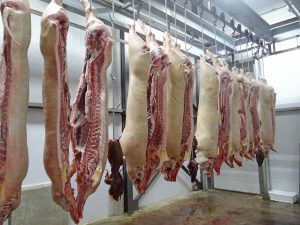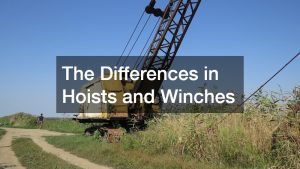The Food Assistance Program, primarily headed by the U.S. government and its counterparts, is one of the country’s leading non-profit feeding programs. There are currently different programs designated for different demographics, such as for children, women, and the needy. These programs have different goals during their lifespan.
But what do they really want to achieve, exactly? And how does one become a part of these programs? These might be the questions going through your head right now. But first, let’s talk about how the government offers these programs and how they work.
Food Assistance Programs
The Food Assistance Program is primarily headed by the United States Department of Agriculture (USDA). You might think that the government does these programs to end hunger in the U.S. However, this isn’t entirely the case.
Some of these programs are actually proactive measures to increase nourishment and promote a better diet among Americans. For example, the Child Nutrition Programs such as the National School Lunch Program (NSL) are aimed to improve the food eaten by our children in schools. However, some programs such as the Healthy, Hunger-Free Kids Act in 2010 aim to eradicate hunger and nourishment among children from low-income households. Recently, this particular program that was implemented by Michelle Obama has seen some success. It’s been found that its implementation helped children from low-income families eat healthier meals in their schools.
Ultimately, the goal of food assistance programs is to bring upon a hunger-free and healthier America. But the government doesn’t do this work all by themselves. They get help from others to implement these programs.
Volunteerism at its Finest
One way that the government gets the manpower they need for these programs is through volunteers. While the USDA creates policies and structures for each of the programs, various non-profit organizations work to put these programs into action. One of the non-profit organizations that look for volunteers and spearhead some programs is the well-known Feeding America organization.
Currently, 51% of feeding programs rely solely on volunteers. Because of the current pandemic, most volunteers are actually working from home. Moreover, Feeding America is implementing various programs that require minimal contact between people. Programs such as the Mobile Food Pantry Program and Drive-Thru pantries are being implemented to aid areas with a high need for hunger-relief. These programs are structured so that there is minimal contact between transactions: volunteers visit the designated pick-up area, hand over boxes of supplies to those who have checked-in, and then move on.
This simple process helps many low-income families survive through the pandemic, especially when unemployment rates are high. Additionally, volunteers aren’t the only ones assisting these programs to turn into reality. Various companies also work with these non-profit organizations as part of their company’s outreach programs.
Corporations Working Hand-in-Hand
Feeding America works with big corporations such as Wells Fargo, Starbucks, and Amazon as a part of each of the company’s outreach programs. Some companies such as Lakeside (elakeside.com) offer their products to be a part of these programs. Many of these programs rely on the acts of altruism coming from these companies because, without them, some programs would not have existed. They are pretty much like the volunteers, but this time they offer their support behind the spotlight.
Many of these corporations also have their own programs implemented through Feeding America. For example, Starbuck’s FoodShare program in 2019 helped feed 20 million Americans who were struggling to get a job for their families. These programs implemented by these companies have become one of America’s shield against hunger.
The Impact of Food Assistance Programs
Today, many Americans are still experiencing hunger on a day-to-day basis. More than 50 million Americans are still experiencing food insecurity. So how are food assistance programs helping to solve this problem?
Food assistance programs are helping these Americans to have a footing in life. Some of these hungry Americans are just going through a tough time in life, desperate to find a solution to their problems. Food assistance programs are here to give them the meal they need every day until they find a solution that can help fix their problems.
Inch by inch, we are making a difference in solving hunger and malnourishment in America. The USDA reports that 89.5% of American households (116 million Americans) are food secure in 2019. This was an increase from 2018’s 88.9% food-secure households. We are making a difference each day, slowly but surely, we can reach that future when America is hunger-free.
Being a part of these food assistance programs is one of the most fulfilling experiences you can have in your life. The government does its best to implement these programs among many states. It’s time for you to join and do your part.







